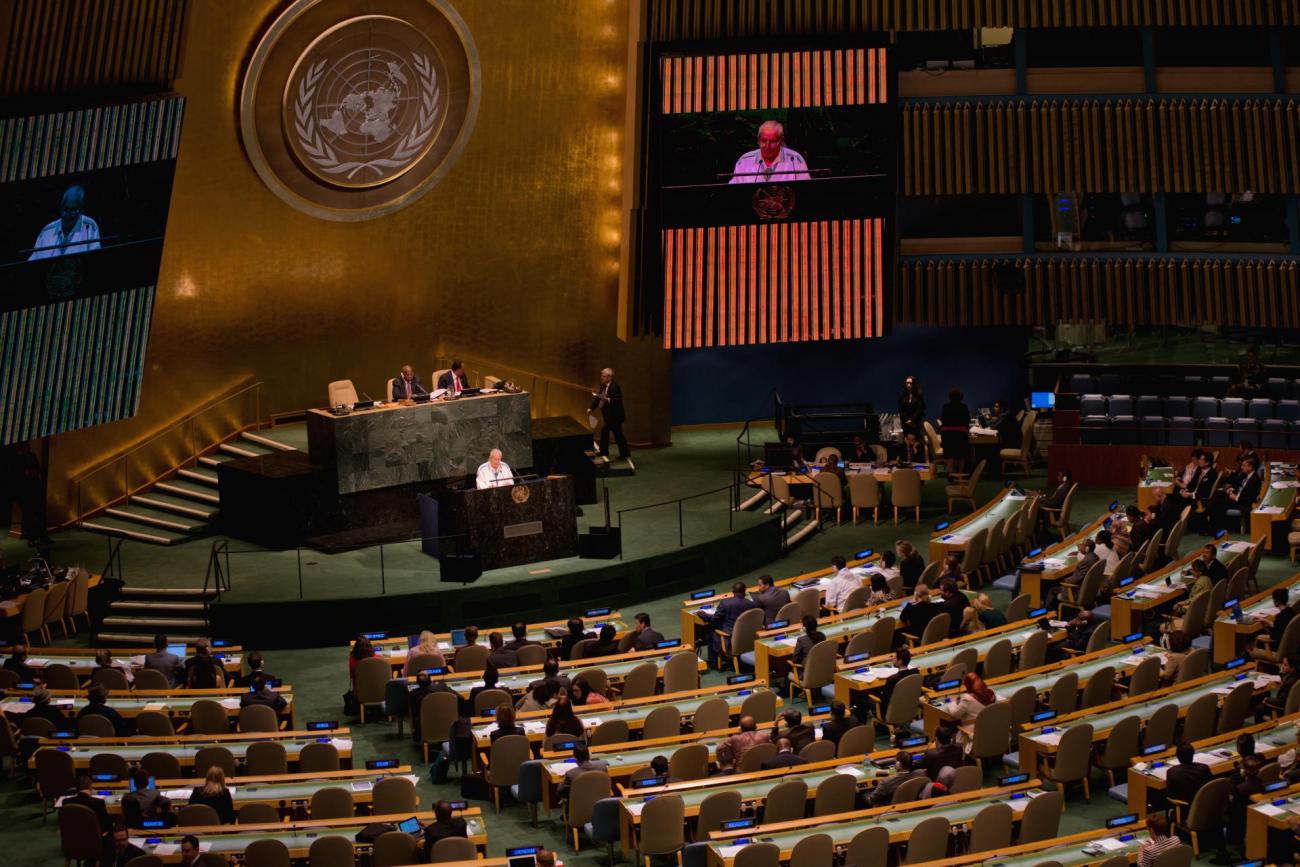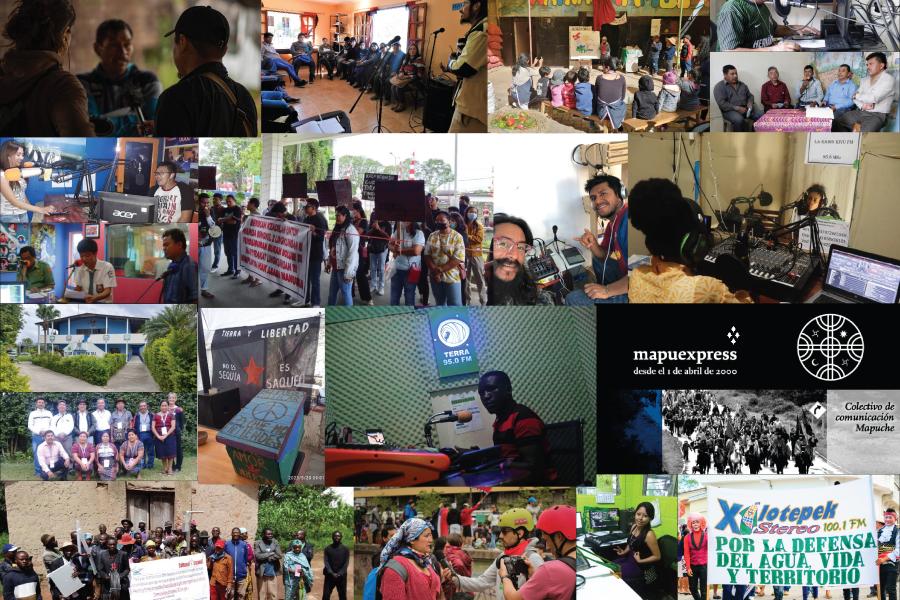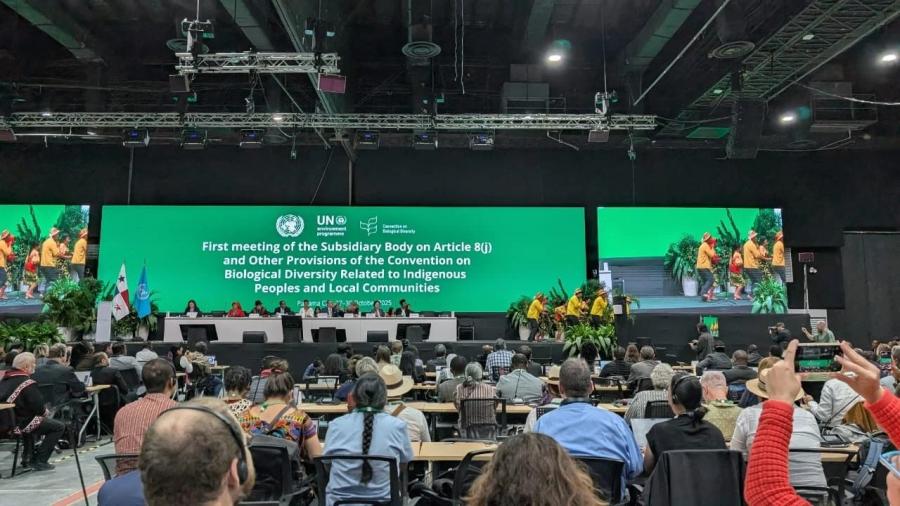September 13, 2021, marks fourteen years since the United Nations General Assembly adopted the UN Declaration on the Rights of Indigenous Peoples (UNDRIP).
In a historic vote on September 13, 2007, 144 countries voted for the Declaration, 11 abstained, and only four (Australia, Canada, New Zealand, and the United States) voted against it. Since 2007, all four countries, including the United States, have reversed their positions and now officially endorse the Declaration.
The Declaration is the outcome of 25 years of hard negotiations. The rights spelled out in the document "constitute the minimum standards for the survival, dignity and well-being of the Indigenous Peoples of the world." The Declaration protects the collective rights and individual rights of Indigenous Peoples in relation to self-government, land, education, employment, health and other areas.
The Declaration also requires countries to consult with Indigenous Peoples with the goal of obtaining their consent on matters which concern them. As explained by former UN Special Rapporteur on the Rights of Indigenous Peoples, James Anaya, the right of self-determination is "to be full and equal participants in the creation of the institutions of government under which they live and, further, to live within a governing institutional order in which they are perpetually in control of their own destinies."
While several countries have made steps towards aligning their policies with the standards enshrined in the Declaration, however, an implementation gap remains.
Cultural Survival has put together this interactive timeline to display the history of the Declaration and progress towards its implementation since 2007.
The History of the UN Declaration on the Rights of Indigenous Peoples and Its Implementation
Listen to our Indigenous Right Radio Programs on the UN Declaration on the Rights of Indigenous Peoples
Escucha nuestros programas de radio sobre la Declaración de la ONU sobre los Derechos de los Pueblos Indígenas en español.

Escuche y descargue los 46 articulos de la Declaración de las Naciones Unidas sobre los Derechos de los Pueblos Indigenas, junto con una explicación simple de que significa para usted y su comunidad.
Learn about the Articles of the UN Declaration on the Rights of Indigenous Peoples

Listen to our radio series breaking down each of the 46 articles of the UN Declaration on the Rights of Indigenous Peoples.
International World Indigenous Peoples Day

Indigenous leaders use the International World Indigenous Peoples Day to reflect on progress and setbacks of implementing the high goals set by the declaration.
|
|
| Articles of the UN Declaration on the Rights of Indigenous Peoples in Kakchiqel |
|
Read the UN Declaration in Indigenous Languages
Aymara - provided by COINCABOL
Guarani - provided by the UNDP, Paraguay
Maori (spoken in New Zealand)
Mapuche - provided by UNIC, Argentina
Miskito (spoken in Nicaragua and Honduras)
Mohawk (spoken in North America)
Sami (North) - provided by Finnish Sámi Parliament
...and in more languages here. |
|
|
|











